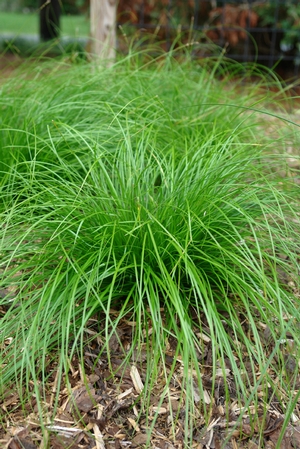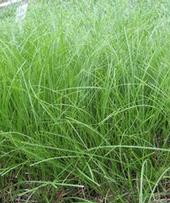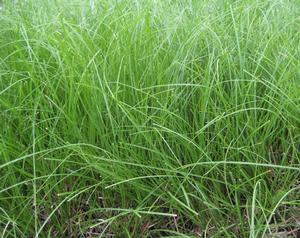Carex radiata
Common: eastern star sedgeCarex radiata LP32 - 32 per flat
- Height: 1'-2'
- Spread: 1'-2'
- Spacing: 10"
- Hardiness Zone(s): 4-8


Carex radiata LP32 - 32 per flat


An attractive native sedge that forms dense tufts of foliage reaching 1–2' in height with an equal spread. Inflorescences range from 1-3" in length; blooming late spring. Very adaptable, dappled sunlight to medium shade, moist to mesic conditions, and a rich loamy soil with abundant organic matter. Incorporate with native ferns or spring ephemerals like Mertensia virginica. Seeds are enjoyed by various songbirds.
An attractive, native perennial sedge that forms dense tufts of foliage reaching 1–2' in height with an equal spread, Carex radiata is a true performer. Carex radiata inflorescences range from 1-3" in length, blooming in late spring. It is a very adaptable plant with high ornamental value due to its fine textured foliage and ability to withstand clay soils. Wonderful foil to native ferns or spring ephermal such as Mertensia virginica, mayapple, or Stylophorum diphyllum, we highly encourage its use as a groundcover and in shady spots in a rain garden.
Eastern star sedge grows in dappled sunlight to medium shade, moist to mesic conditions, and a rich loamy soil with abundant organic matter. Native to North America, from the east coast out to Nebraska, it grows in deciduous forests and shady ravines. While this sedge can tolerate deep shade, its robust appearance and full growth will be hampered.
Part of the joy of growing sedges are exploring their limits and their unique characteristics. Carex radiata is wonderful pushed to a bit more sun as long as moisture needs are met and is often confused in appearance and cultural conditions with Carex appalachica. Seeds are enjoyed by various songbirds as well as a great habitat for local insects which the birds then feed on. To maintain tidy appearance and lush growth in the garden, cut back in early spring or late winter.